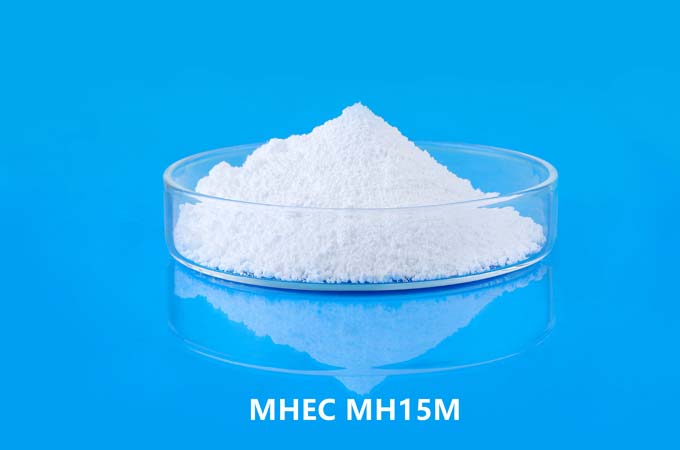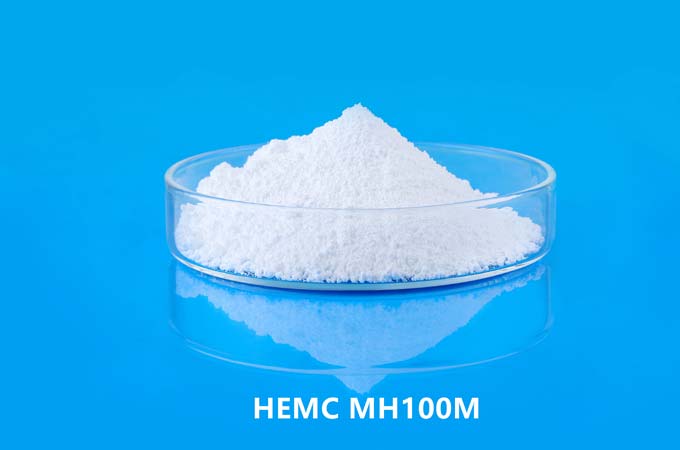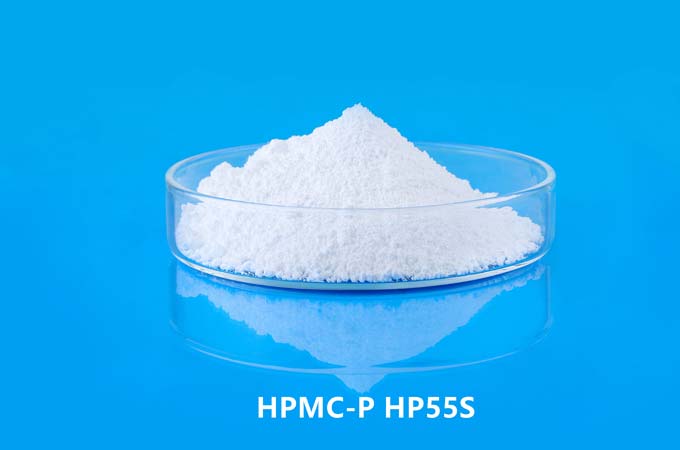Hydroxypropyl Methyl Cellulose (HPMC) is a versatile polymer used in various industries, including construction, pharmaceuticals, food, and cosmetics. Its production involves several steps, starting from the extraction of cellulose to the modification process that results in the final HPMC product.
Cellulose Extraction: The production process begins with the extraction of cellulose from wood pulp or cotton linters. Cellulose, a natural polymer found in plants, serves as the raw material for HPMC.
Alkalization: The extracted cellulose undergoes alkalization, a process in which it is treated with alkali, typically sodium hydroxide (NaOH), to remove impurities and increase its reactivity.
Etherification: Etherification is the key step in HPMC production, where the alkalized cellulose is reacted with a mixture of propylene oxide and methyl chloride in the presence of a catalyst, such as alkali or acid. This reaction results in the substitution of hydroxyl groups of cellulose with hydroxypropyl and methyl groups, leading to the formation of hydroxypropyl methyl cellulose.
Neutralization: After etherification, the reaction mixture is neutralized to remove excess alkali or acid and stabilize the product.
Washing and Filtration: The neutralized product is then washed to remove any remaining impurities and by-products. Filtration is often employed to separate the desired HPMC from the wash solution.
Drying: The wet HPMC product obtained from filtration is dried to remove residual moisture, resulting in the formation of a fine powder or granules.
Grading and Packaging: The dried HPMC is graded based on its particle size and other properties to meet specific customer requirements. It is then packaged for distribution and sale.
Applications of Hydroxypropyl Methyl Cellulose (HPMC)
HPMC finds extensive applications across various industries due to its unique properties, including thickening, binding, film-forming, and water retention.
Construction Industry:
Mortars and Plasters: HPMC is widely used as a thickening and water-retention agent in cement-based mortars and plasters. It improves workability, adhesion, and durability of these construction materials.
Tile Adhesives and Grouts: In tile adhesives and grouts, HPMC acts as a binder and rheology modifier, enhancing adhesion and preventing sagging or slumping.
Exterior Insulation and Finishing Systems (EIFS): HPMC is used in EIFS to improve the performance and workability of coatings and adhesives.
Pharmaceutical Industry:
Tablet Coating: HPMC is employed in tablet coatings to provide controlled release, improve appearance, and mask taste or odor of pharmaceutical products.
Ophthalmic Solutions: It is used in ophthalmic solutions and lubricating eye drops due to its biocompatibility and viscosity-modifying properties.
Topical Formulations: HPMC serves as a thickener and stabilizer in topical formulations such as creams, gels, and ointments.
Food Industry:
Food Additive: HPMC is approved as a food additive and is used as a thickener, emulsifier, and stabilizer in various food products, including sauces, soups, and desserts.
Glazing Agent: It is used as a glazing agent in confectionery products to improve gloss and texture.
Cosmetics Industry:
Personal Care Products: HPMC is incorporated into personal care products such as lotions, shampoos, and creams as a thickener, emulsifier, and film-forming agent.
Mascara and Eyeliner: In mascara and eyeliner formulations, HPMC helps to control viscosity and provide a smooth application.
Other Industries:
Paints and Coatings: HPMC is used in paints and coatings to improve viscosity, sag resistance, and surface appearance.
Adhesives: It serves as a thickening and stabilizing agent in adhesive formulations for various applications.
The production process of HPMC involves several stages, including cellulose extraction, alkalization, etherification, neutralization, washing, filtration, drying, grading, and packaging. HPMC finds diverse applications across industries, including construction, pharmaceuticals, food, cosmetics, and others, owing to its versatile properties and functionalities.
 English
English 日本語
日本語 français
français Deutsch
Deutsch Español
Español italiano
italiano русский
русский português
português العربية
العربية Türkçe
Türkçe Nederland
Nederland



